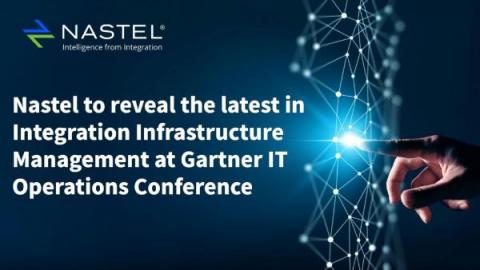Commands & Events: What's the difference?
One of the building blocks of messaging is, you guessed it, messages! But there are different kinds of messages: Commands and Events. So, what’s the difference? Well, they have very distinct purposes, usage, naming, ownership, and more!









